Guide to watering the garden – Part 2
In Part 1 of the guide 'watering the garden', we’ve already covered the topics, possibilities of collecting rainwater and all the opportunities offered by modern pump systems. In this article we will be less concerned about the technical side but more about the practical use of the water system in your home. We will talk about the questions: When and how do I water my plants during the summer months?
When is the best time for watering the garden?
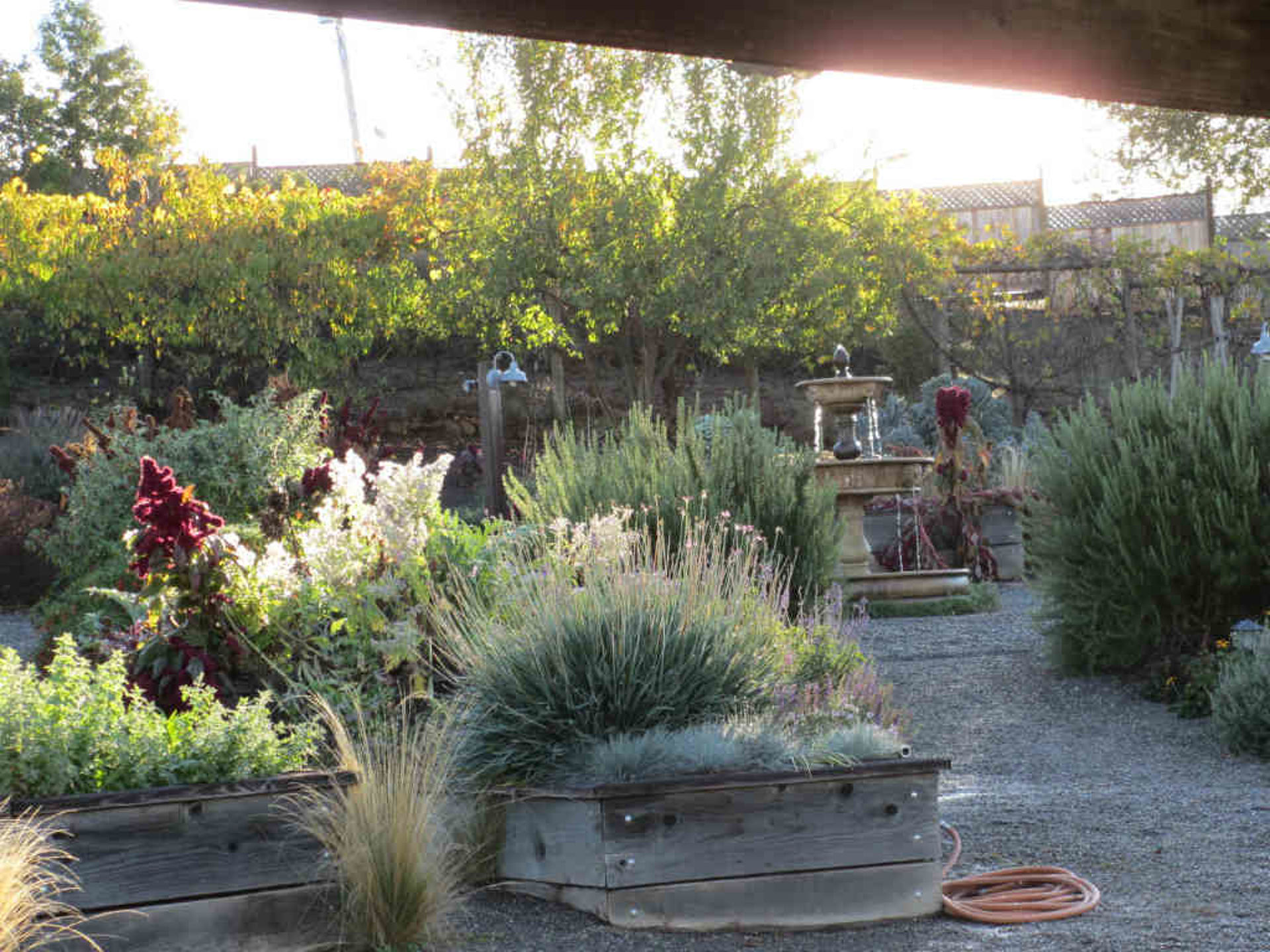
The ideal time for watering is for the majority of plants, between 3 and 4 o'clock in the morning. Admittedly, at this time, most people have something better to do than watering their garden. If you put the watering-process back a few hours, your plants won’t blame you. However, if you do not have the time to do the watering early in the morning, it may be worth looking at an automatic casting system. Permanently laid hoses and drip pans in combination with a timer can be used to determine exactly when and for how long to water.
Completely automatically!
The right amount of water
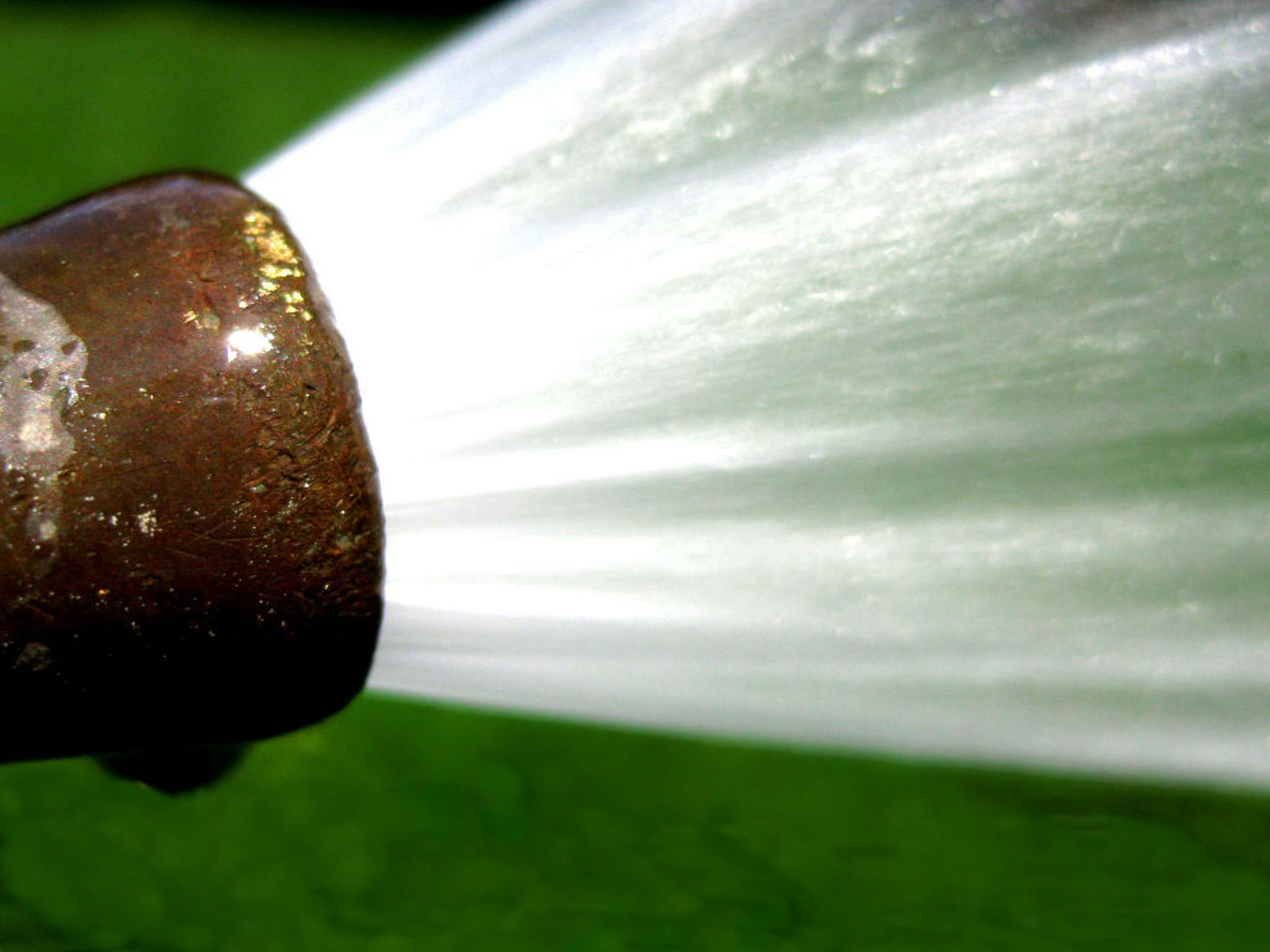
How much water a plant needs depends on many factors. An exact number is hard to name here. As a rule of thumb, however, the larger the leaves, the thirstier the plant. This is due to the fact that more water can evaporate over large surfaces than over small ones. Just try to keep the soil moist but not too wet. For larger plants, it is worthwhile to insert a clay flowerpot in the soil and to water through it. So the water gets directly to the roots without evaporating.
Avoid watering at noon
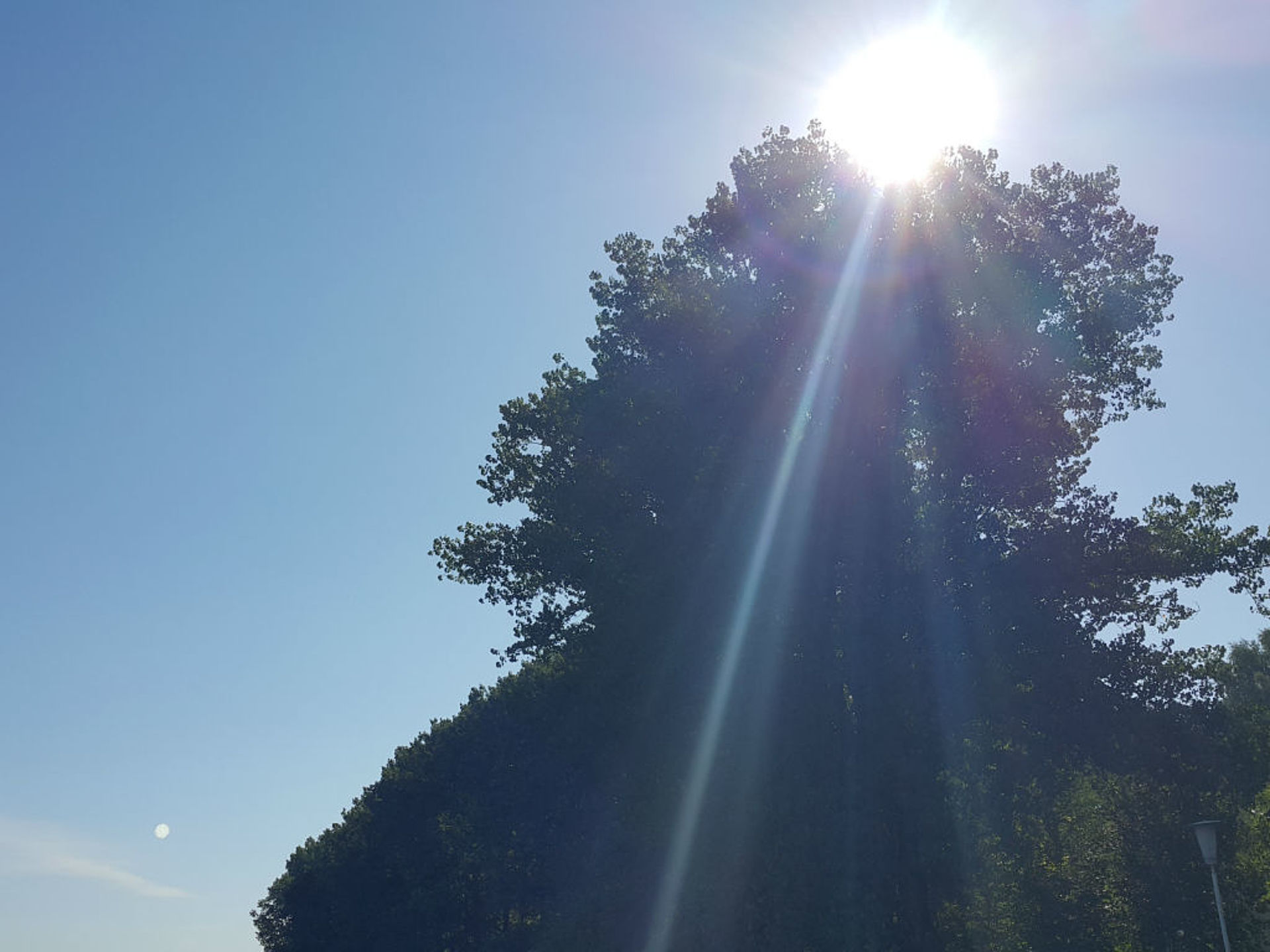
The worst time to water your plants is from noon to afternoon sun. At this time, the sun has a lot of energy, so that most of the applied water evaporates within a few minutes. In the worst case, only a small percentage of the water really reaches your plants. In addition, drops of water on the top of the page behave like a burning glass. The sunlight is bundled and causes deep burns on the leaves.
Watering in the evening only in an emergency
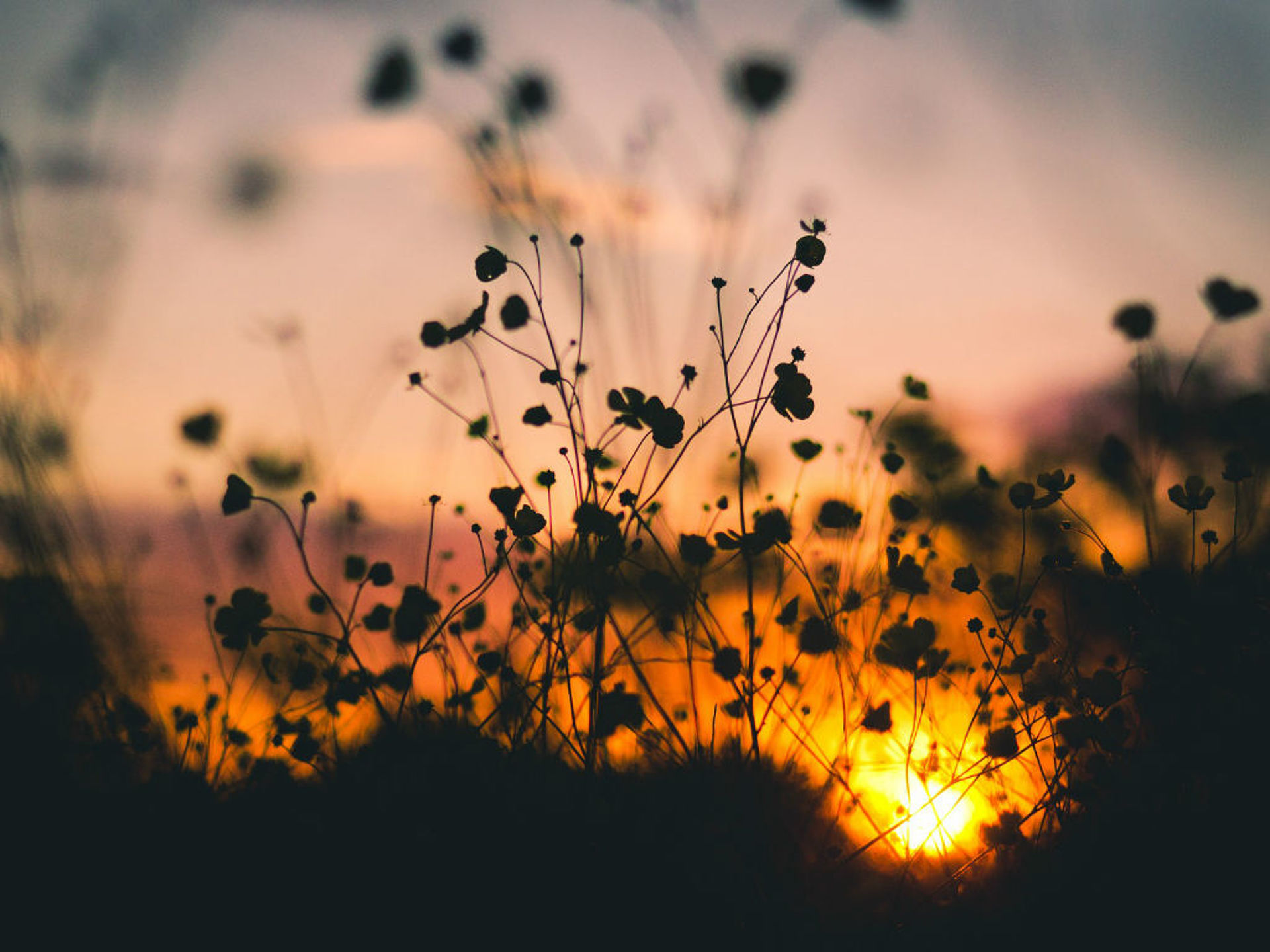
Although most working people water the plants in the evening hours, it's not necessarily the best bet. The earth's surface doesn't dry properly during the night. So snails will feel particularly comfortable under your plants and consume them with pleasure. The plant leaves remain wet overnight. This quickly ensures a mold-friendly climate. Especially tomato plants are extremely vulnerable here.
Trees and shrubs
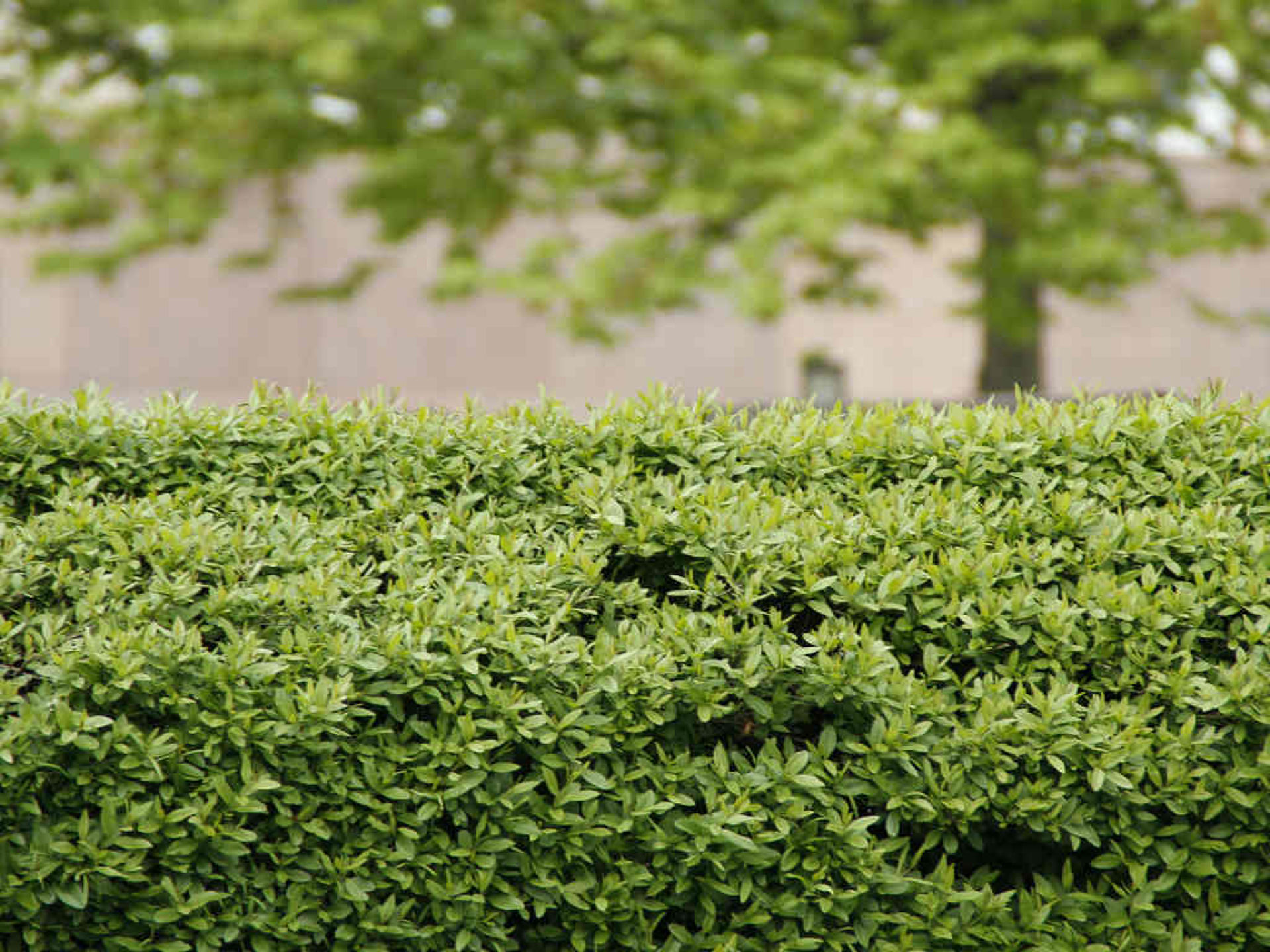
Since trees and shrubs usually already grow in the same place for several years, they already had the opportunity to form a widely branched root system, which also penetrated into deeper layers of the earth. These plants can easily catch up with the water they need. Trees and shrubs usually need help only during really long periods of drought or immediately in the year of planting. When watering, you should spread the water over a large area around the plant.
Kitchen garden
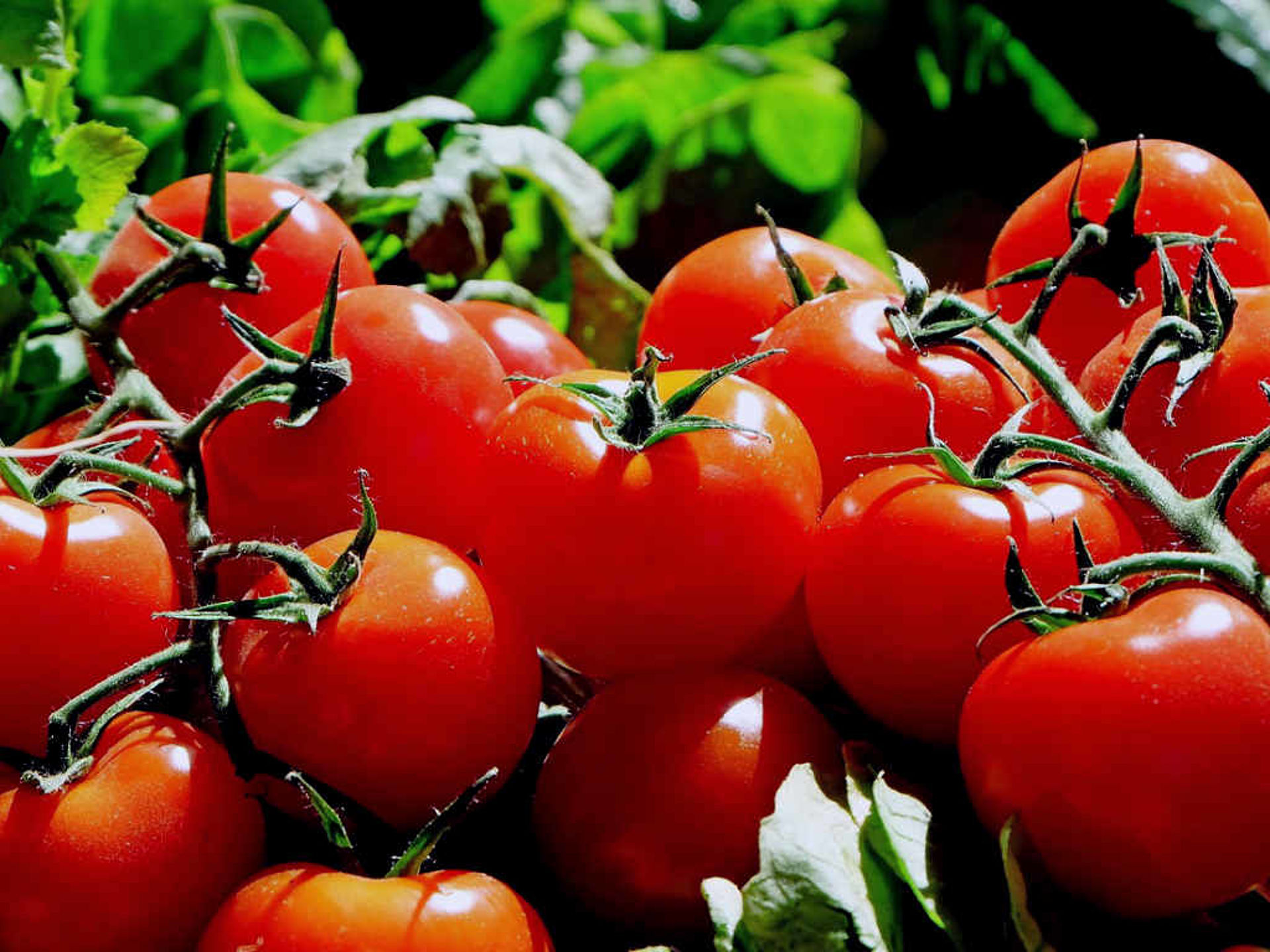
The kitchen garden is predestined for the use of an automatic watering system. Soaker hoses and drip regulators allow every fruit and every vegetable to be irrigated according to their individual needs. If you prefer to water by hand, you should study the needs of each plant in advance. Tomatoes, for example, like dry leaves and moist soil. Fruits and vegetables that use a lot of mass, such as pumpkins, melons or cucumbers, need a lot of water, especially during fruit growing. Peppers, chilies and southern herbs, such as thyme, also love to get a little dry.
Ornamentals
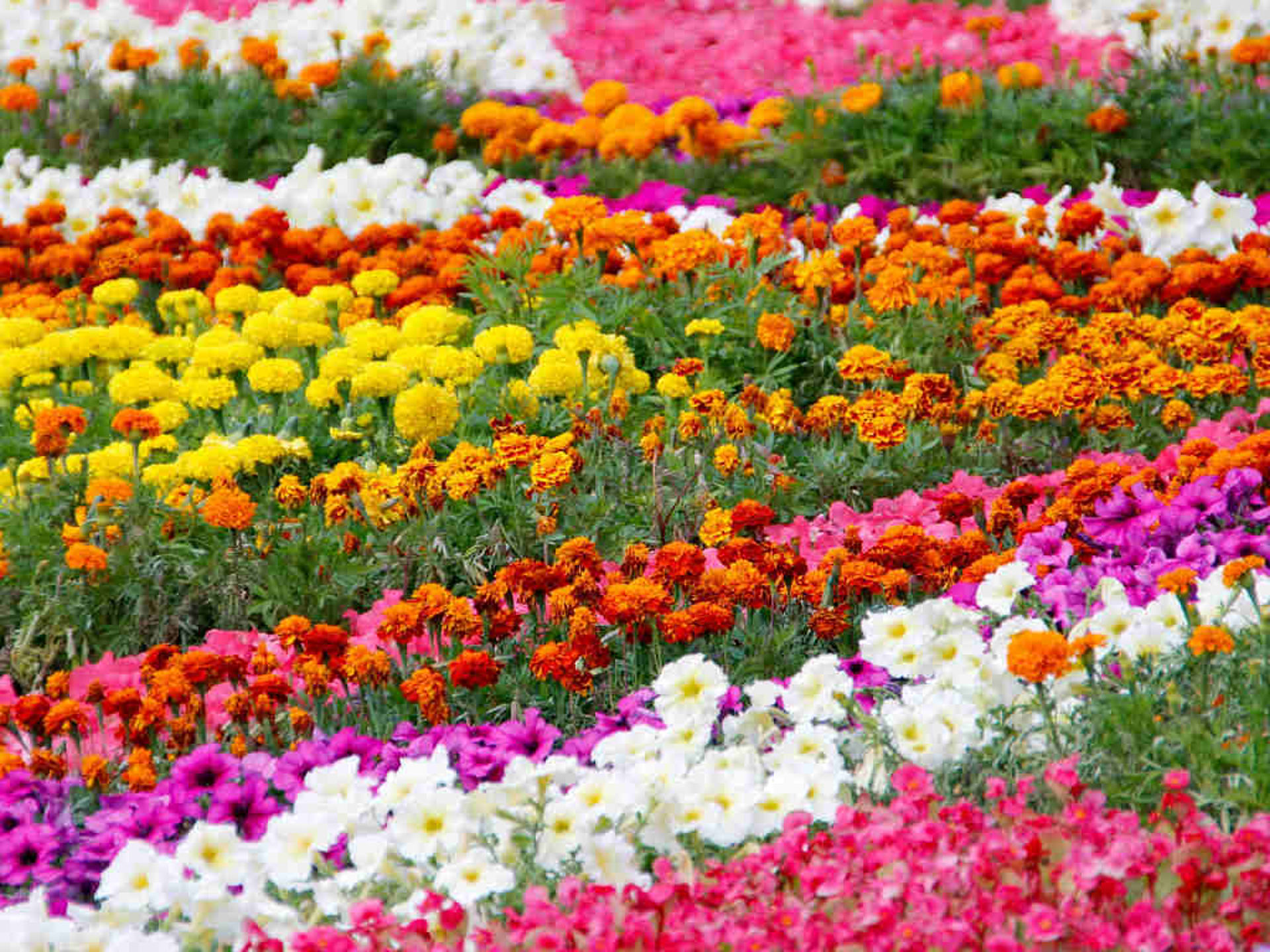
Since ornamental plants, such as flowers or perennials, are planted over large areas in most gardens, the cost of automatic irrigation would be far too high. There is hardly any way around the watering can or the garden hose. If possible, always try to water the plants from below. That means directly the earth around the plant. So you avoid water drops in the foliage and protect both flowers, as well as buds.
Grass
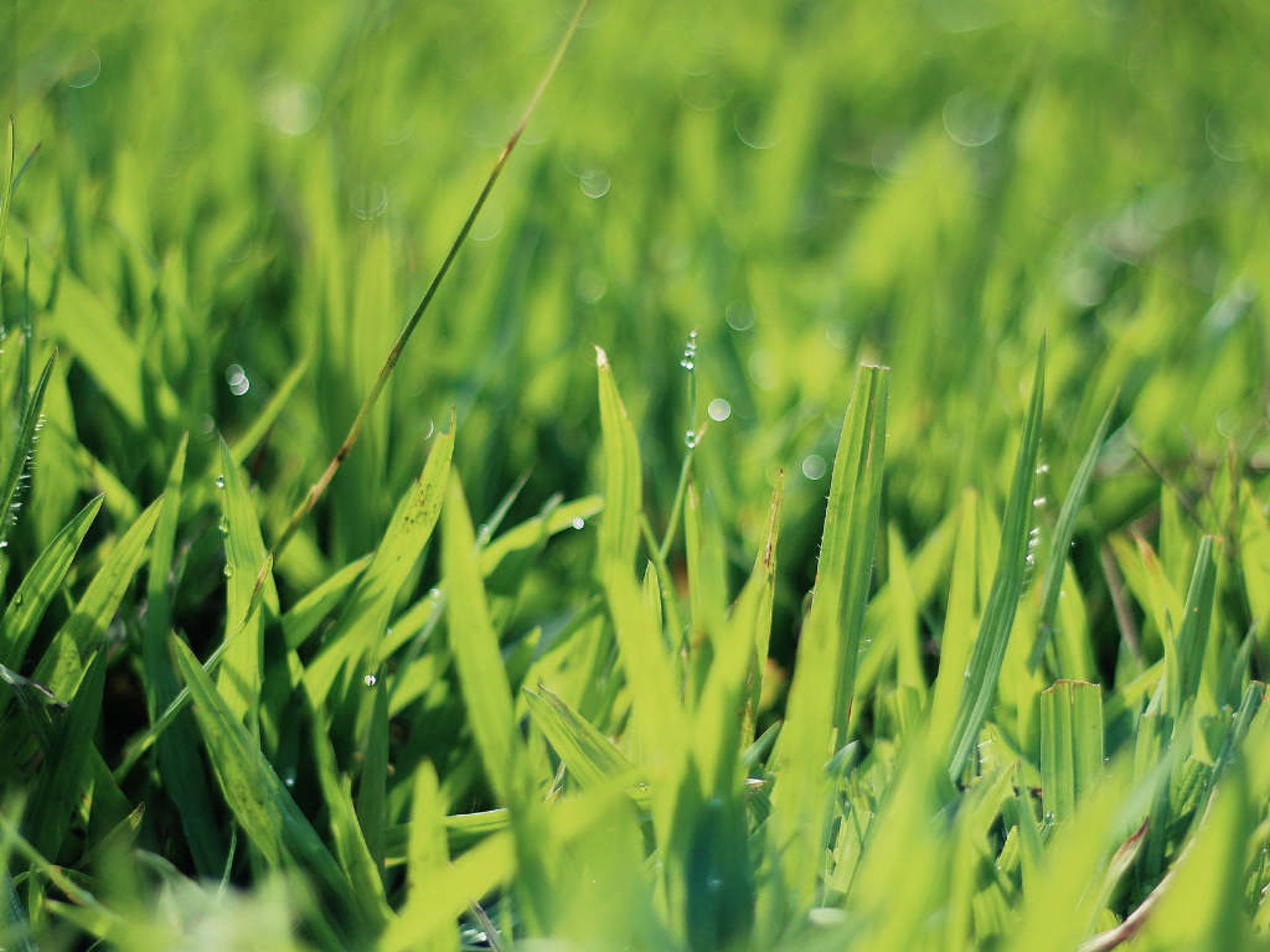
Grass areas should always be watered in the early morning with a lawn sprinkler. In the noon sun, the burning glass effect might lead, in the worst case, to a completely burnt lawn, which is very difficult to recover within the summer months and you have to lay a new lawn.










